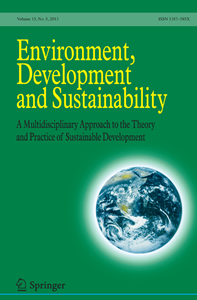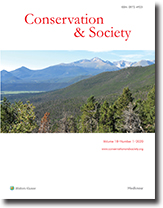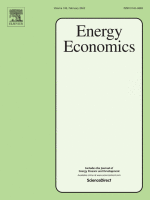Explaining household expenditure on energy: Role of income and socio-economic status
Speakers:
Salman HaiderCDE - IEG
This study, based on household-level data of the CMIE, aims to focus on the cooking fuel and electricity consumption of households belonging to different socio-economic strata. The cooking fuel model shows positive elasticity concerning total consumption expenditure per capita. However, the top income (consumption) group seems to be spending less on cooking fuel than the bottom income group. Interestingly, households with many older members and female members economize the expenditure on fuel. Further, households with less education level have less spending on cooking fuel. Regarding the expenditure on electricity, the elasticity turns out to be positive. The gender and age distinction is not evident. Further, households having energy-using assets have a higher propensity of spending on electricity. This suggests that the consumption of the better-off households is more energy intensive, and such behaviour needs to be considered for policy designing to control the energy crisis in the coming years.







